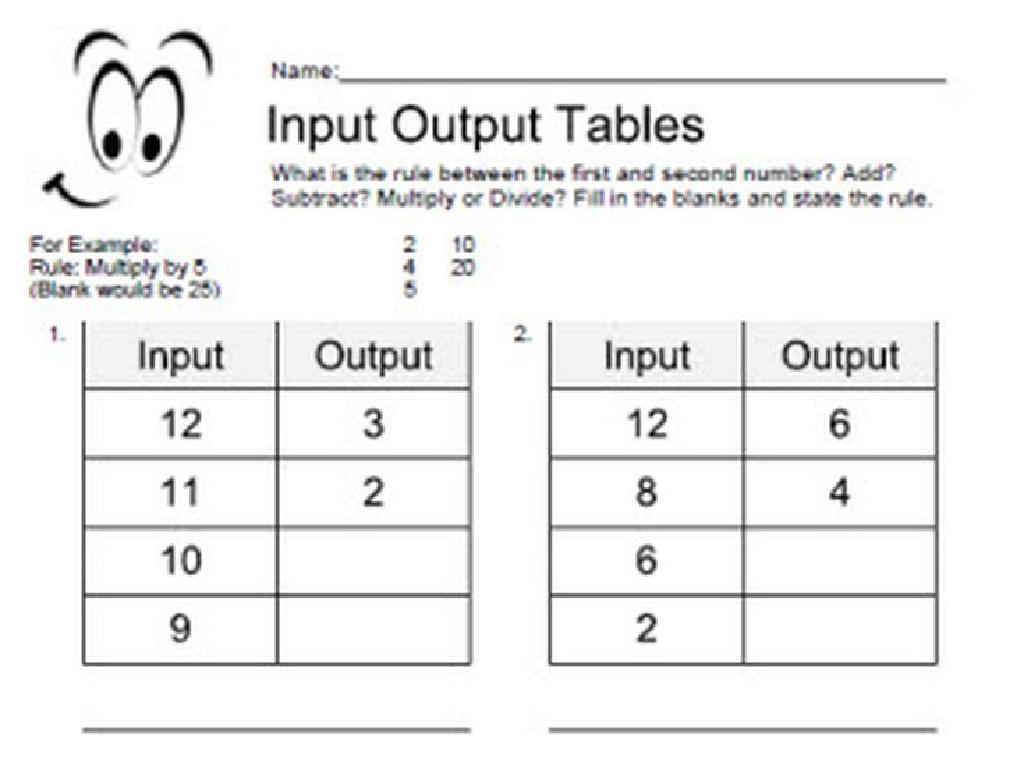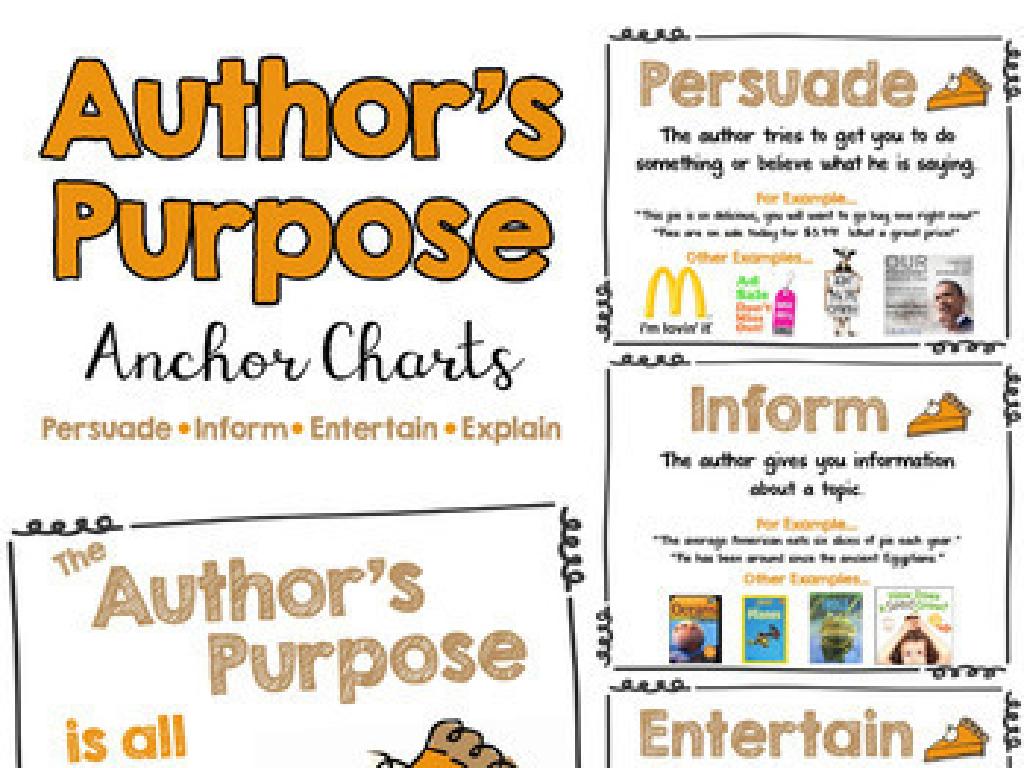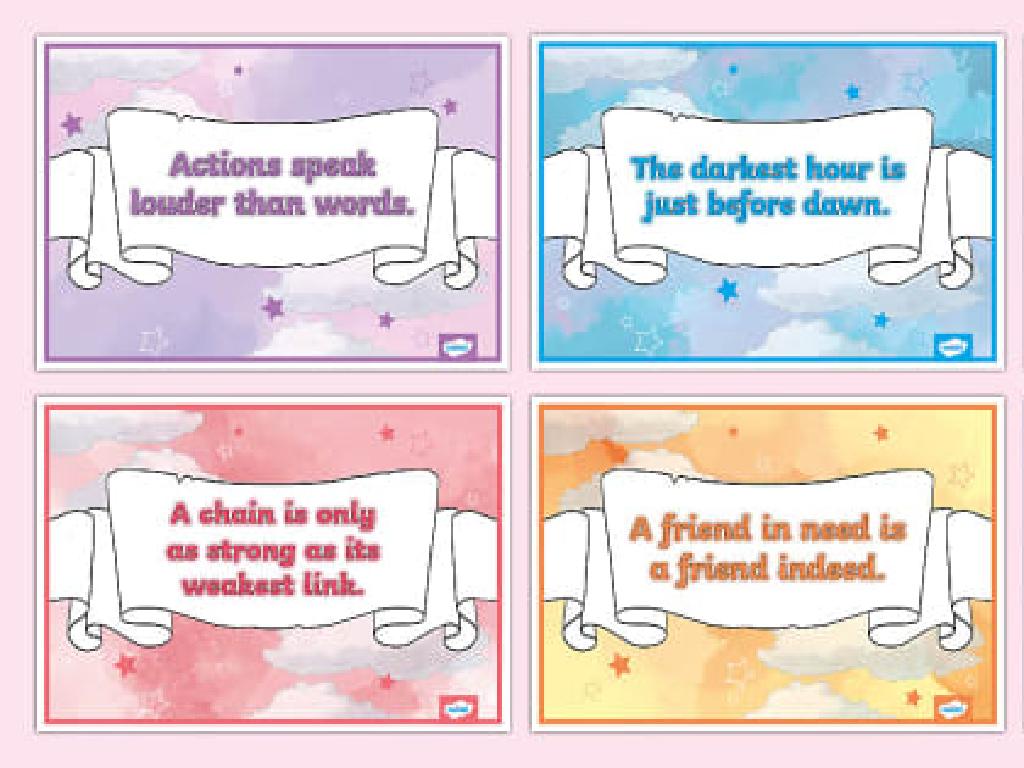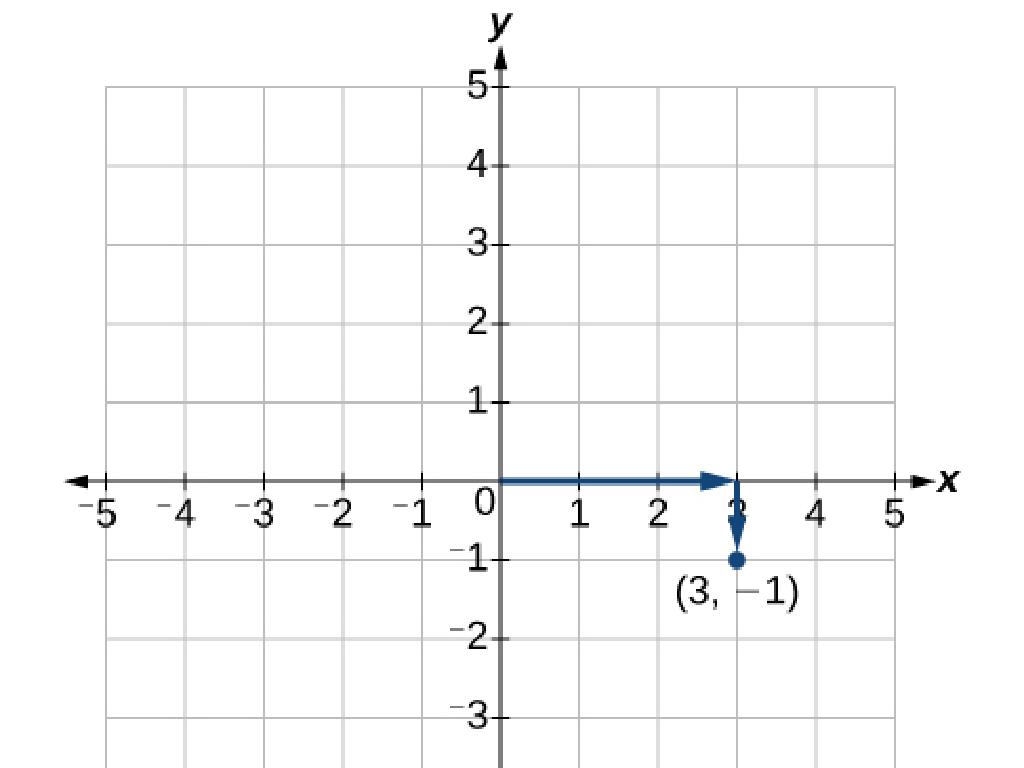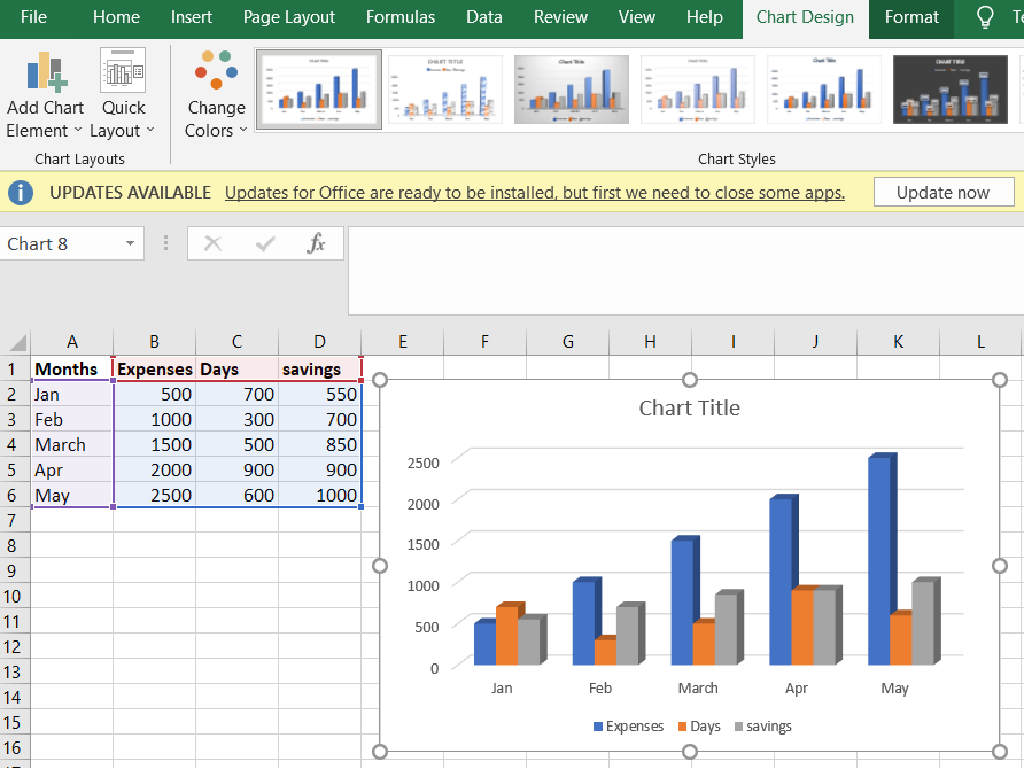Select States Of The Southeast
Subject: Social studies
Grade: Third grade
Topic: States
Please LOG IN to download the presentation. Access is available to registered users only.
View More Content
Exploring the Southeast States
– What is the Southeast region?
– States in the Southeast
– Includes Florida, Georgia, and more
– Unique features of the Southeast
– Known for warm climate and rich history
– Why the Southeast is special
– From music to food, it has its own charm
|
This slide introduces the Southeast region of the United States to third-grade students. Begin by explaining the concept of a region and how the United States is divided into different ones. Highlight the states that are part of the Southeast, such as Florida, Georgia, Alabama, and others. Discuss the unique geographical features like the warm climate, the beaches, and the Everglades. Also, touch on the cultural aspects such as the region’s history, its influence on various music genres like jazz and blues, and its delicious Southern cuisine. Encourage students to think about what makes their own state unique and how it contributes to the character of the Southeast as a whole.
What is a State?
– A state is a specific area
– It has its own borders and laws
– States make up a country
– Like pieces in a big puzzle
– Each state has its own rules
– Laws can be different in each state
– States have their own leaders
– Governors lead the states
|
This slide introduces the concept of a state to third-grade students. Begin by explaining that a state is a specific region with its own set of laws and borders, much like how their school is just one part of the entire school district. Emphasize that the United States is made up of many states, each fitting together to make the whole country, similar to pieces in a puzzle. Discuss how each state can make its own rules, which may be different from other states, and that they have their own government and leaders, such as governors. Use a map to show the Southeast states and their capitals to provide a visual aid. Encourage students to think about their own state and what makes it unique.
Exploring the Southeast Region
– Locate Southeast states on a map
– Find and color the Southeast states
– Discover the Southeast climate
– Warm weather, lots of sunshine
– Explore Southeast cultural traits
– Music like jazz, delicious food like gumbo
|
This slide aims to introduce students to the Southeast region of the United States. Start by showing a map and helping students identify and label each of the Southeast states. Discuss the warm climate of the region and how it affects daily life and the environment. Highlight cultural characteristics such as the influence of jazz music and the popularity of local cuisine like gumbo. Use this opportunity to engage students with interactive map activities and encourage them to share any personal experiences or knowledge related to the Southeast’s culture.
Capitals of the Southeast States
– Learn Southeast state capitals
– Capitals are important cities in each state
– Match states with their capitals
– Use a map to connect each state to its capital
– Discover fun capital facts
– Each capital has a unique story or feature
– Interactive map activity
|
This slide is aimed at helping third-grade students learn about the capitals of the Southeast states. Start by introducing the concept of a state capital as an important city where the state government is located. Provide a map and have students match the states with their capitals, reinforcing their geography skills. Share a fun fact about each capital to make the learning process more engaging. For example, Atlanta, Georgia is not only the state capital but also hosted the 1996 Summer Olympics. To solidify their learning, involve the students in an interactive map activity where they can place stickers or pins on the capital cities. This hands-on approach helps students remember the information better and makes learning fun.
Famous Landmarks of the Southeast
– Explore Southeast’s famous landmarks
– Landmarks like Disney World and the Kennedy Space Center
– Learn their historical significance
– Why are these places important in history?
– Quick quiz on landmark locations
– Can you match landmarks to their states?
– Engage with history and geography
|
This slide aims to introduce students to the famous landmarks in the Southeastern United States and their historical importance. Examples include Disney World in Florida, which is not only a place for entertainment but also a significant cultural icon, and the Kennedy Space Center, which is a hub for space exploration. The quick quiz will help reinforce state recognition and geographical knowledge by asking students to identify the state in which each landmark is located. This interactive approach will engage students in learning about history and geography in a fun and memorable way. Encourage students to think about why these landmarks might attract visitors and how they contribute to the state’s identity.
Agriculture and Economy of the Southeast
– Common crops in the Southeast
– Cotton, oranges, peanuts, and tobacco
– Thriving Southeast industries
– Automotive, aerospace, and energy
– Geography’s impact on economy
– Rich soil and warm climate boost agriculture
|
This slide aims to educate third-grade students on the relationship between agriculture, industry, and geography in the Southeastern United States. Begin by discussing the types of crops that are commonly grown in the region, such as cotton, oranges, peanuts, and tobacco, and how the warm climate and fertile soil make the Southeast ideal for agriculture. Next, explore the various industries that are prominent in the Southeast, including automotive manufacturing, aerospace, and energy production. Highlight how the geography of the area, with its vast natural resources, supports these industries. Encourage students to think about how the physical environment can influence the types of jobs and products that are common in a region. This will help them understand the concept of regional economies and how geography can shape the way people live and work.
Cultural Contributions of the Southeast
– Southeast’s music and arts
– Jazz, blues, and country music originated here, as well as vibrant folk art.
– Popular foods in the Southeast
– Barbecue, grits, and peach cobbler are beloved in the Southeast.
– Festivals of the Southeast
– Mardi Gras and music festivals showcase the region’s festive spirit.
– Traditions in the region
– Storytelling and quilting are time-honored traditions passed down through generations.
|
This slide aims to introduce students to the rich cultural tapestry of the Southeastern United States. Emphasize the influence of music, with genres like jazz and blues that have deep roots in this region, and the arts, particularly folk art that reflects the area’s history and diversity. Discuss the famous Southern cuisine, highlighting dishes such as barbecue and grits, and how food plays a central role in the region’s identity. Explore the various festivals, like Mardi Gras, which is not only a fun event but also a reflection of the cultural melting pot that is the Southeast. Lastly, touch upon the traditions like storytelling and quilting, which are important cultural practices that have been preserved over generations. Encourage students to think about their own family traditions and any regional foods or festivals they have experienced.
Class Activity: Create Your State Postcard
– Pick a Southeast state to explore
– Illustrate your postcard with landmarks or symbols
– Draw things like state flowers, buildings, or famous foods
– Add a fun fact or reason to visit on the back
– Did you find something cool about your state? Write it down!
– Share your postcard with the class
|
This activity is designed to help students engage with the geography and culture of the Southeast states in a creative and personal way. Provide students with blank postcards or cardstock to create their postcards. Encourage them to research and choose a state that interests them, and then draw something representative of that state on the front. On the back, they should write a fun fact or a reason they would like to visit. This could be based on the state’s history, natural wonders, or cultural attractions. Once completed, allow time for students to present their postcards to the class, explaining their drawings and what they wrote. This will help them practice public speaking and give them a chance to learn from each other.

